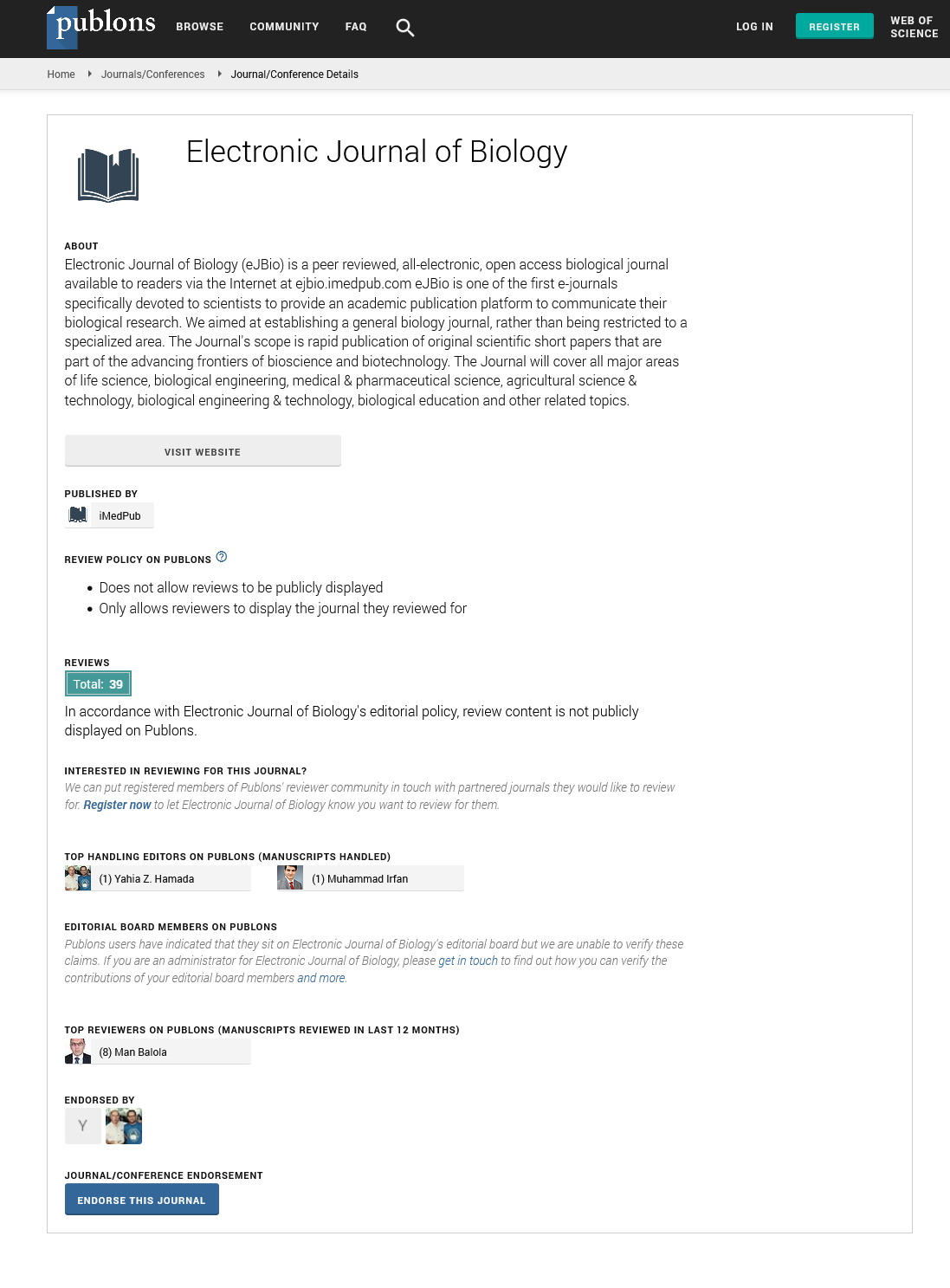Abstract
Synapsin III in Differentiated SHSY5Y Cell Line as a Potential Tool for Neuropharmacological Evaluations in Schizophrenia
Purpose: Development of in vitro cell culture model is on foremost call considering the requirement of neurological disease management. This is particularly relevant in the case of neuropsychiatric diseases especially, schizophrenia where there is a lack of proper in vitro model.
Methods: In the present study, the properties of differentiation were assessed when SHSY5Y cell line were exposed to all trans-retinoic acid at a concentration varying from 0-100 μM for a period of 0-7 days for which average neurite length was calculated. Following this primary observation, we analysed the expression pattern of synapsin III and other key molecules like MAPK, TrkB, BDNF and synaptic markers like synaptophysin, drebrin and PSD-95 on every alternate day from 0-7 days when SHSY5Y culture was conferred to 20 μM RA.
Results: We observed that a presentation of 20 μM RA could exert a maximal significant impact on neurite length on Day 7. A significant and gradual amplification of synapsin III both at mRNA and protein level was observed and attained maximal significance on Day 7. Similar to Synapsin III, MAPK, TrkB, BDNF, synaptophysin, drebrin and PSD-95 also displayed highest expression on Day 7.
Conclusion: Our observations are important as these would assist various investigations that employ SHSY5Y cells for appreciating in vitro studies and thus could fill the lacunae in the molecular features of disease models especially like schizophrenia, where synapsin III is a candidate gene altered in this disease. To conclude we demonstrate that differentiated SHSY5Y cells serve as a platform for neuropharmacological evaluations where there is a paucity of models.
Author(s):
Anjali Janardhanan, Anjana Sadanand, Arambakkam Janardhanam Vanisree*
Abstract | Full-Text | PDF
Share this

Google scholar citation report
Citations : 5001
Electronic Journal of Biology received 5001 citations as per google scholar report
Electronic Journal of Biology peer review process verified at publons
Abstracted/Indexed in
- Google Scholar
- China National Knowledge Infrastructure (CNKI)
- CiteFactor
- Electronic Journals Library
- Zoological Records
- WorldCat
- Proquest Summons
- Publons
- MIAR
- Openaccessarticles.com
- Secret Search Engine Labs
Open Access Journals
- Aquaculture & Veterinary Science
- Chemistry & Chemical Sciences
- Clinical Sciences
- Engineering
- General Science
- Genetics & Molecular Biology
- Health Care & Nursing
- Immunology & Microbiology
- Materials Science
- Mathematics & Physics
- Medical Sciences
- Neurology & Psychiatry
- Oncology & Cancer Science
- Pharmaceutical Sciences


